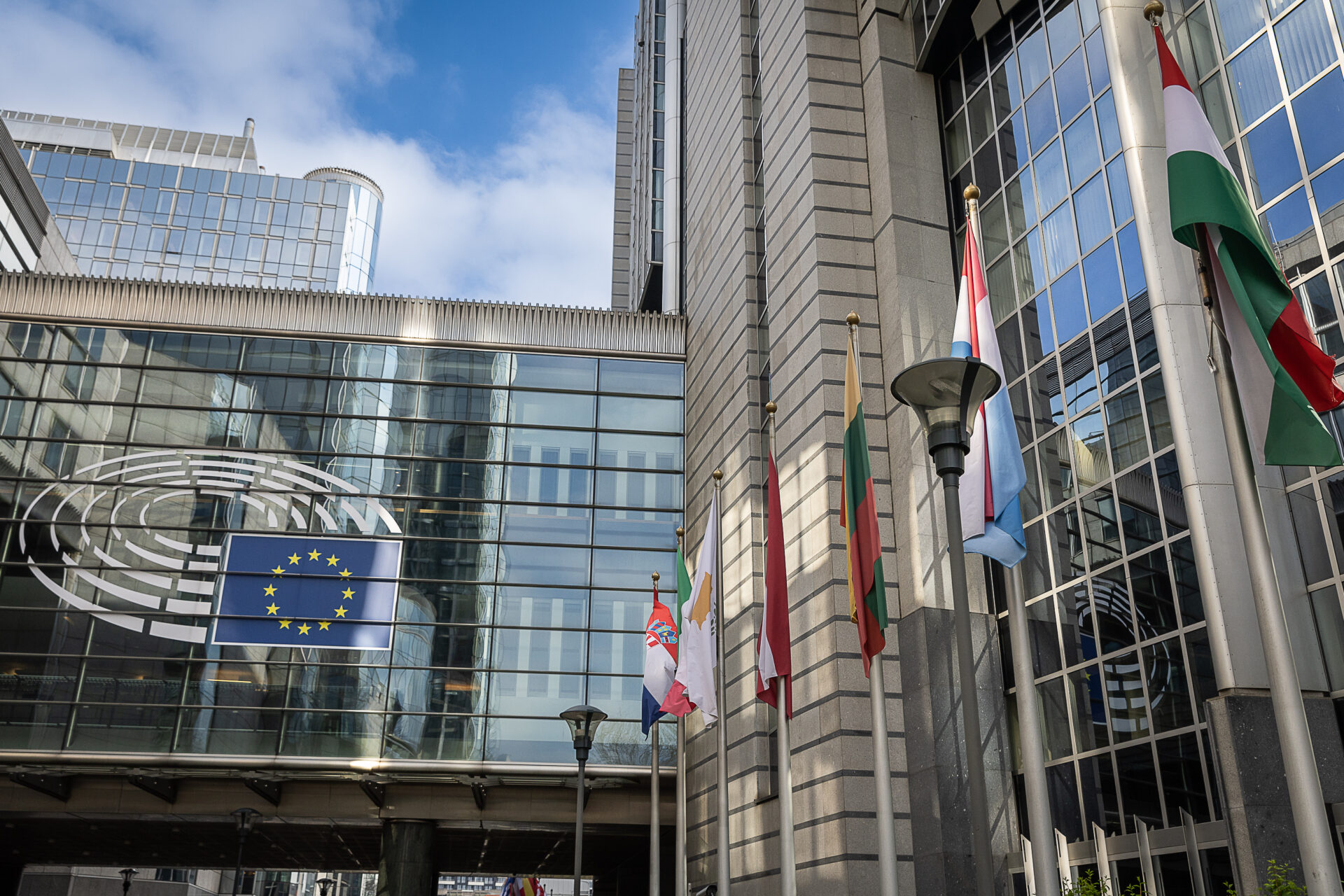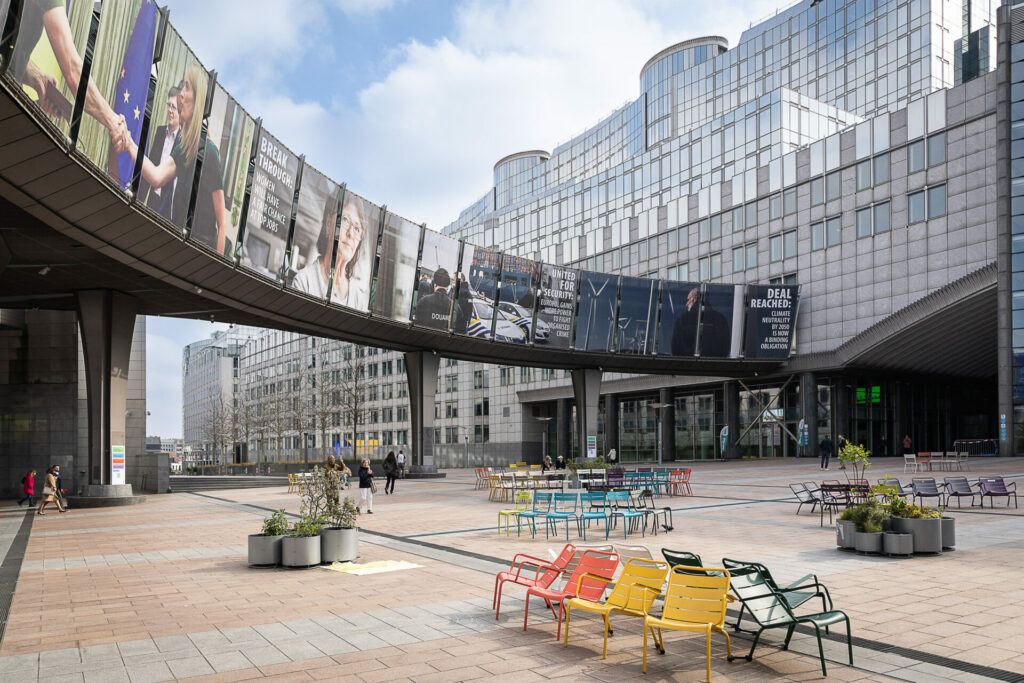The Bureau of the European Parliament has approved the renovation of the Hemicycle located on Place du Luxembourg in the city's European Quarter, Brussels Commissioner for Europe Alain Hutchinson confirmed to The Brussels Times.
The final steps for the long-awaited renovation of the Paul-Henri Spaak building in Brussels – where the European Parliament's plenary sessions are held – are in sight. The Parliament's leadership, known as the Bureau of the European Parliament, has finally given the green light for the works to start.
"I can confirm that the Bureau of the European Parliament took this decision last week," Hutchinson said. "This is a very good prospect for Brussels, as it confirms that the Parliament is firmly anchored here."
Old, cold building
The final project is expected to cost around €470 million – much less than what the project that came out of the initial architectural competition would have cost. The Bureau decided not to go ahead with the winning project by JDS Architects, which envisaged a transparent roof garden.
Hutchinson added that the formula that was finally adopted was a "really good one".
"It will involve the building being renovated rather than demolished or rebuilt," he noted, which is in line with the key focus of Brussels' Good Living urban development policy. The work will also be carried out in successive phases to ensure that the Brussels Hemicycle remains in use for as long as possible.

The building is more than 30 years old. Credit: Belga / James Arthur Gekiere
The building, which is part of an estate of around ten buildings with a total area of around 665,000 m2, is already 30 years old. It no longer meets the current safety or energy standards and there have reportedly been several water leaks and problems with the roof, with many people inside the building having complained it is too cold.
Original documents on the works noted that the building would be upgraded and modernised "without fundamental changes to its functionalities or its architectural design."
Related News
- Façade of Brussels Royal Palace freed from scaffolding
- Brussels Government approves updated urban planning guidelines
Despite the large scale of the project, it is possible that the works could start as early as 2025. They are expected to last until 2030.
However, the cabinet of State Secretary for Town Planning Ans Persoons told BRUZZ that no permit application has been submitted yet, which could result in the start of the work being delayed.
European Parliament officials previously said that the study and tender process would take around three years, pushing the timeline back.

